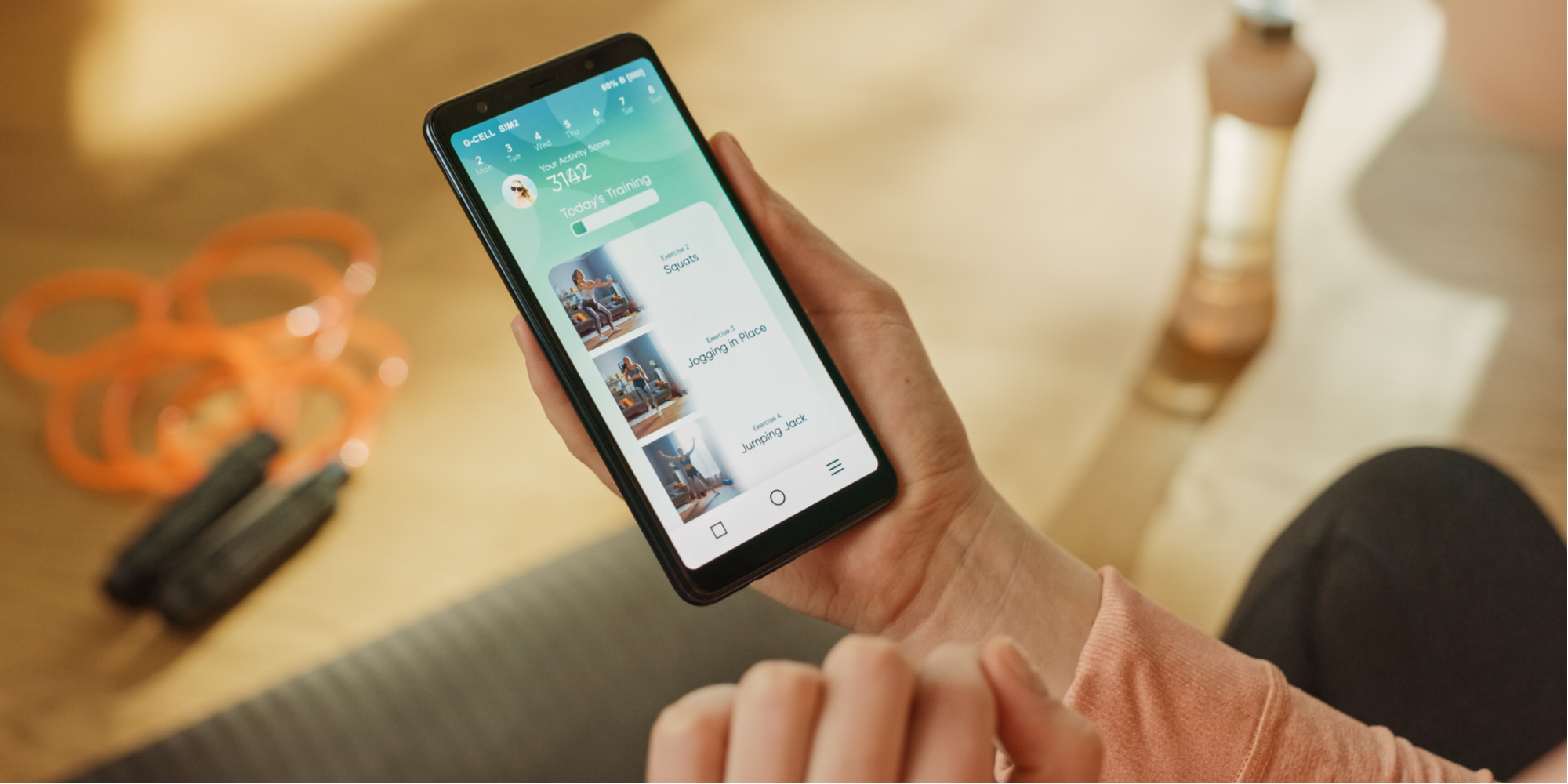The Health and Wellness industry is growing at a rapid rate. We recently covered many of the interesting mobile health app statistics for 2022, but consider the following market figures:
- The global mHealth apps was valued at USD 38.2 billion in 2021 and is expected to expand to almost 12% more by 2030.
- The global fitness app alone was valued at USD 1.1 billion in 2021 and will continue to grow as well.
- Per Deloitte, the mental health apps will reach close to $500 million USD this year.
All this is a big deal. Because of such expansion, the people who create, sell, regulate, and most importantly, use these apps, could certainly benefit from an evolution in standardizing how apps are reviewed, or assessed, during development. Basically, this means defining a framework for how the industry both judges and labels the quality of health and wellness apps.
ISO Guidelines
A heavily anticipated set of standards was published in July 2021 by the International Organization for Standardization (ISO).
ISO/TS 82304-2:2021: Health software—Part 2: Health and wellness apps—Quality and reliability laid ground for how developers should create for evaluation purposes. There are four key areas of focus, with questions and proposed evidence standards for those seeking to evaluate developed apps. Is the app:
- Healthy and safe?
- Easy to use?
- Enabling secure data?
- A robust build?
Yet, a new Lancet study is bringing into question the effectiveness of the guidelines’ framework, going as far as to list its many limitations, saying its lack of nuanced language will stigmatize app end-users and create further inequalities, in terms of who can access digital health technologies. We think it’s important to outline some of these limitations for further understanding.
Here are some of the most interesting criticisms from the study:
The app build alone doesn’t justify its quality
Authors of the Lancet study mention that while the guidelines are intended to improve the overall quality of apps available to users, they are too focused on design process as opposed to the importance of actual user outcomes. We agree. A good user-centred design process should translate to an app being easy to use, but there is no guarantee. An app designed to fit a set of recommendations doesn’t mean it’s going to help users achieve optimal outcomes. That process should focus heavily on the wants and needs of the end users themselves.
Consideration for user diversity is lacking
The study claims that ISO’s proposed assessment method is not nuanced enough to account for the many diverse clinical characteristics of real-life app users. Such general guidance fails to consider users with multiple ailments, comorbidities, or impairments that affect how they use the app. Specifics such as a user’s culture, gender, sexuality, and language skills are also important criteria for how an app should be built. The example the study’s authors provide is an app designed to support weight loss by monitoring calorie consumption, which may promote healthy and safe eating. However, weight loss is an issue that also involves mental health and wellbeing. The same app might be considered to pose serious health risks to users with eating disorders.
Potential for unreliable labelling
Given all of the above, the ISO standards lack clarity on how users involved in app testing should be assessed. According to the standards, testing should include users with a particular condition, if the app is “geared towards…people with a specific health condition.” But how can a label reflect limitations of user representation?
Without detailed reports, labels may be unreliable, especially for users who are living with multiple conditions or impairments and have specific needs that may have been under-represented in user testing. What further emphasizes the complexity of this issue, per the study, “These people have the greatest need for robustly assessed and clearly labelled health technology; however, unreliable easy-to-use labels might increase stigma, reduce self-efficacy (ie, belief in their own ability to use technology), and result in slow adoption of technology.”
Moving Forward
With these limitations, the study goes on to propose some urgent and meaningful recommendations, mostly around user diversity, representation, and transparency. Fixing these standards is a complex challenge. For health and wellness app developers like MindSea, how do we keep things focused and build high-quality apps? One of the most effective ways we’ve found to develop apps that account for all the above factors is through custom blueprint process. To achieve a high-quality, useful health and wellness app, we know it is essential to start with the end-users’ needs and work back strategically into the app design.
If you are considering taking your health and wellness product to the next level, learn how MindSea can help elevate your digital strategy and develop health and wellness solutions that optimize user outcomes. Connect with us today.



